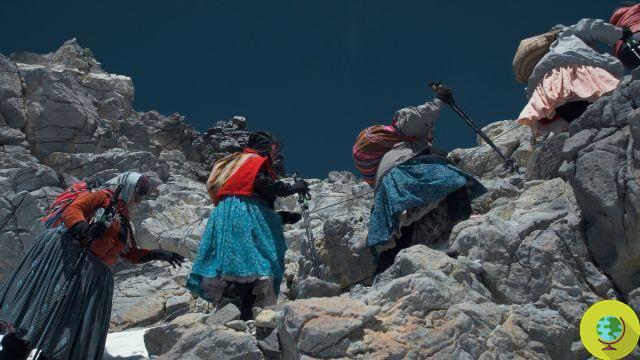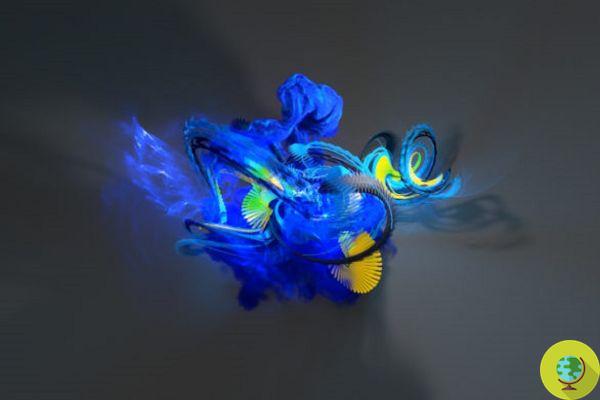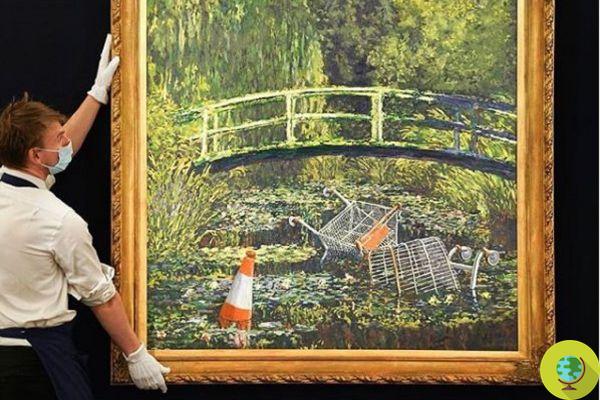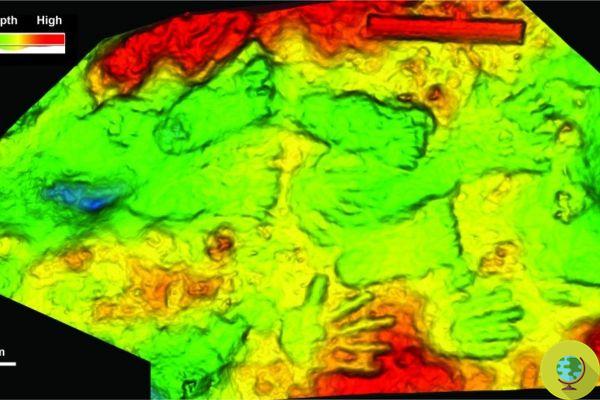It was not just a shell, but a wind instrument, the oldest in the world: a shell played again after 18000 years
It was not just a shell, but a wind instrument, the oldest in the world: almost 90 years after its discovery, a large snail shell, found in the Marsoulas Cave, in the Pyrenees, was identified as a musical instrument by a team multidisciplinary of CNRS, Muséum de Toulouse, Université Toulouse and Musée du quai Branly (France). In fact, he played again after 18.000 years.
The Marsoulas cave, on the border between Haute-Garonne and Ariège, is the first decorated cave discovered in the Pyrenees, the discovery of which dates back to 1897. It testifies to the beginning in the Magdelian region, the last culture of the European Upper Paleolithic, at the end of last glacial maximum.
During an inventory of the material deriving from archaeological excavations, largely preserved in the Muséum de Toulouse, scientists examined a large shell of the species Charonia lampas, a marine gastropod mollusk belonging to the Charoniidae family.
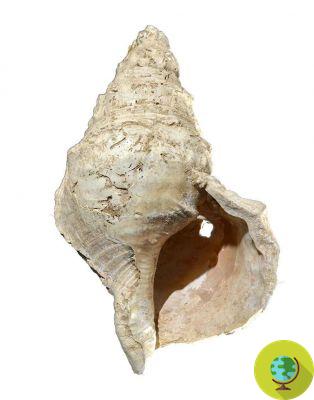
©Carole Fritz et al. 2021.
The shell was already known to have been part of ornamental grave goods in the Neolithic, as a pendant for necklaces, but in 1931 this particular one was not the object of attention. 80 years later, however, the researchers speculated it might be one strumento musicale.
The tip of the shell was in fact broken, forming an opening of 3,5 cm in diameter, and, since this part is the hardest part of the shell, the break could not have been accidental. Also, at the other end, the shell opening also showed traces of retouching. All very "human" to be casual.
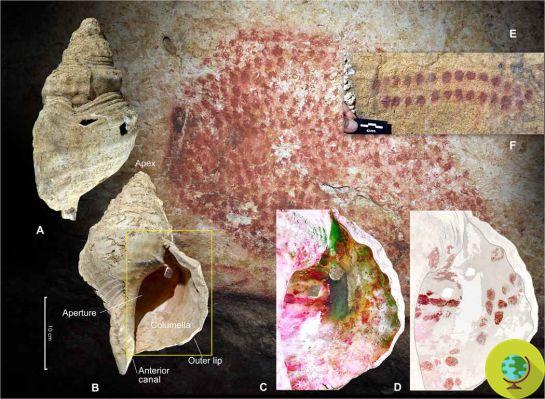
©Science Advances
The paleontologists therefore conducted a series of investigations: a tomography revealed a further perforation of one of the first curves and the shell is decorated with a red pigment (hematite) characteristic of the Marsoulas cave, which denotes its status of symbolic object.
And it doesn't stop there.
Scientists were convinced it was used as a wind instrument, so they asked an experienced horn musician to use it similarly. And, yes, the shell produced three sounds close to the notes, Do, Do Diesis and Re.
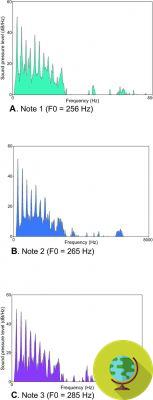
©Science Advances
Since the opening is irregular and covered with an organic coating, the researchers assume that a tip was attached to it, as in the case of more recent shells from the collections of the Musée du quai Branly. The 3D prints of the shell will probably allow us to verify this hypothesis, trying to reproduce other notes.
As confirmed by the cave's earliest carbon-14 dating, performed on a lump of coal and a fragment of bear bone, the cave has 18.000 years: this makes of the shell of Marsoulas the oldest wind instrument of this type. Before, in fact, only flutes had been discovered in Europe in more ancient contexts of the Upper Paleolithic, and the shells found outside Europe are much more recent.
The discovery is not just an "extra piece" of the ancient Magdalenian culture: the shell reinforces the idea that between the Pyrenees and the Atlantic coast there were commercial / cultural exchanges, more than 200 kilometers away.
Listen to the reproduced sound of this shell:
The work was published in Science Advances.
The 3D model of the shell is visible at this link.
Sources of reference: CNRS / Science Advances
Read also:
- La Tribù di Farindola: objects recovered from cellars are transformed into musical instruments (PHOTO and VIDEO)
- A 66 million-year-old fossil found among stones thrown during protests in Chile






